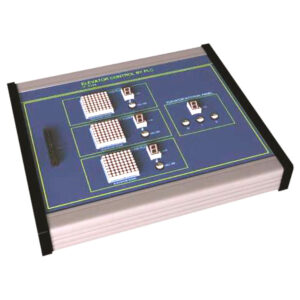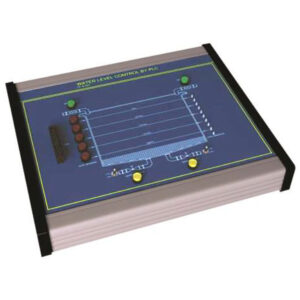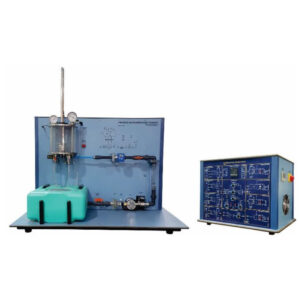This trainer provides a comprehensive experimental introduction to the fundamentals of control engineering using an example of continuous pH control A caustic solution is added to fresh water by way of a metering pump The pH-value of this solution is measured The acid is then added to the solution as a neutralizing reagent by way of a second metering pump The chemical reaction occurs in a pipeline system The pH-value is then remeasured A state of-the-art digital industrial controller controls the second metering pump with reference to this pH value. The neutralized solution flows into the product tank A third manual measurement of the pH-value in the product tank permits disposal of solution with a neutral pH-value. The pH-value of the input solution can be varied by manually adjusting the metering pump or by varying the quantity of fresh water This enables disturbances to be simulated The controlled variable X and the manipulating variable Y are plotted directly on an integrated 2-channel line recorder Alternatively the variables can be tapped as analogue signals at lab jacks on the switch cabinet This enables external recording equipment such as an oscilloscope or a flatbed plotter to be connected A process control software is available The key process variables can also be represented and control functions executed The well-structured instructional material sets out the fundamentals and provides a step-bystep guide through the experiments.
Experiments:
- Fundamentals of control engineering
- Real industrial control engineering components: controllers transducers actuators
- Operation configuration and parameterization of the local industrial controller
* Manually (by keyboard / controller software
* Using the process control software - Control response to
* Switching control (2-point/3-point controller)
* Continuous control
* Dead times - Investigation of the properties of the open and closed control loops




